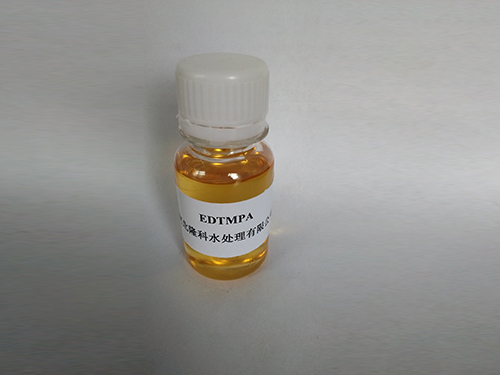hedp
Exploring the Potential of HEDP A Versatile Chemical for Modern Applications
HEDP, or Hydroxyethane Diphosphonic Acid, is a chemical compound that has gained significant attention in various industrial applications due to its unique properties. As a member of the phosphonic acid family, HEDP serves as a chelating agent, effectively binding metal ions and facilitating various processes across multiple sectors, including water treatment, metal surface treatment, and even agriculture. Understanding the characteristics and uses of HEDP can illuminate its potential in modern applications and highlight the significance of this versatile compound.
Properties and Structure
HEDP is characterized by its high stability and solubility in water, making it an effective chelating agent. Structurally, it contains two phosphonic acid groups, which grant it strong coordination properties with metal ions such as calcium, magnesium, iron, and zinc. These properties make HEDP particularly valuable in preventing the precipitation and scaling of minerals, which can be detrimental to industrial processes.
One of HEDP’s most notable features is its ability to operate effectively in both acidic and alkaline conditions. This stability allows HEDP to be widely used in various applications without significant degradation, ensuring long-lasting effects and minimizing operational issues in different environments.
Applications in Water Treatment
One of the primary applications of HEDP is in water treatment processes, especially in cooling water systems. The compound is utilized to inhibit scale formation in water-cooled systems such as power plants, refineries, and chemical processing facilities. By effectively chelating calcium and magnesium ions, HEDP prevents the formation of hard deposits that can compromise system efficiency and increase maintenance costs. The ability to function in a wide range of pH levels makes HEDP a preferred choice for water treatment professionals.
In addition to scale inhibition, HEDP also plays a role in controlling corrosion. By forming protective layers on metal surfaces, HEDP helps to reduce the rate at which metals corrode, thereby extending the lifespan of equipment and lowering the likelihood of unexpected system failures. This dual function of scale inhibition and corrosion control establishes HEDP as a critical component in maintaining the integrity of water systems.
hedp

Metal Surface Treatment
Beyond water treatment, HEDP is also widely used in metal surface treatment processes. The compound is effective in the passivation of metals, where it forms a protective layer that enhances resistance to corrosion. This process is crucial in industries where metal components are subject to harsh environmental conditions, such as aerospace, automotive, and marine applications.
HEDP can be used in various formulations for cleaning and coating metal surfaces, providing enhanced durability and resistance to wear and tear. Its low toxicity and environmental safety further contribute to its appeal in metal treatment applications, as industries increasingly seek sustainable alternatives to traditional chemical treatments.
Agricultural Applications
HEDP's versatility extends to the agricultural sector, where it is employed as a fertilizer additive. In this context, HEDP helps improve the bioavailability of essential nutrients by chelating metal ions in the soil, promoting better absorption by plants. This enhances crop yield and quality, making HEDP an important component in modern agricultural practices.
Furthermore, the use of HEDP in agriculture aligns with sustainable practices, as it minimizes the potential for nutrient runoff and environmental contamination. By improving nutrient utilization efficiency, HEDP contributes to more sustainable farming methods, thus supporting global efforts toward food security and environmental conservation.
Conclusion
In summary, HEDP is a multifunctional chemical compound with diverse applications across multiple industries, including water treatment, metal surface treatment, and agriculture. Its unique properties, such as high stability, solubility, and effective chelation capabilities, make it an invaluable tool for professionals seeking to enhance efficiency and sustainability in their operations. As industries continue to evolve and face new challenges, the role of HEDP is likely to expand, further underscoring its importance in modern industrial applications. Embracing such versatile compounds can lead to more sustainable practices and improved efficiency, making HEDP a key player in the future of industrial chemistry.
-
LK-319 Special Scale And Corrosion Inhibitor For Steel Plants: Advanced Solutions for Industrial Water SystemsNewsAug.22,2025
-
Flocculant Water Treatment: Essential Chemical Solutions for Purification ProcessesNewsAug.22,2025
-
Isothiazolinones: Versatile Microbial Control Agents for Industrial and Consumer ApplicationsNewsAug.22,2025
-
Scale Inhibitor: Key Solutions for Water System Scale PreventionNewsAug.22,2025
-
Organophosphonates: Versatile Scale Inhibitors for Industrial Water SystemsNewsAug.22,2025
-
Scale and Corrosion Inhibitor: Essential Chemical Solutions for Water System MaintenanceNewsAug.22,2025





